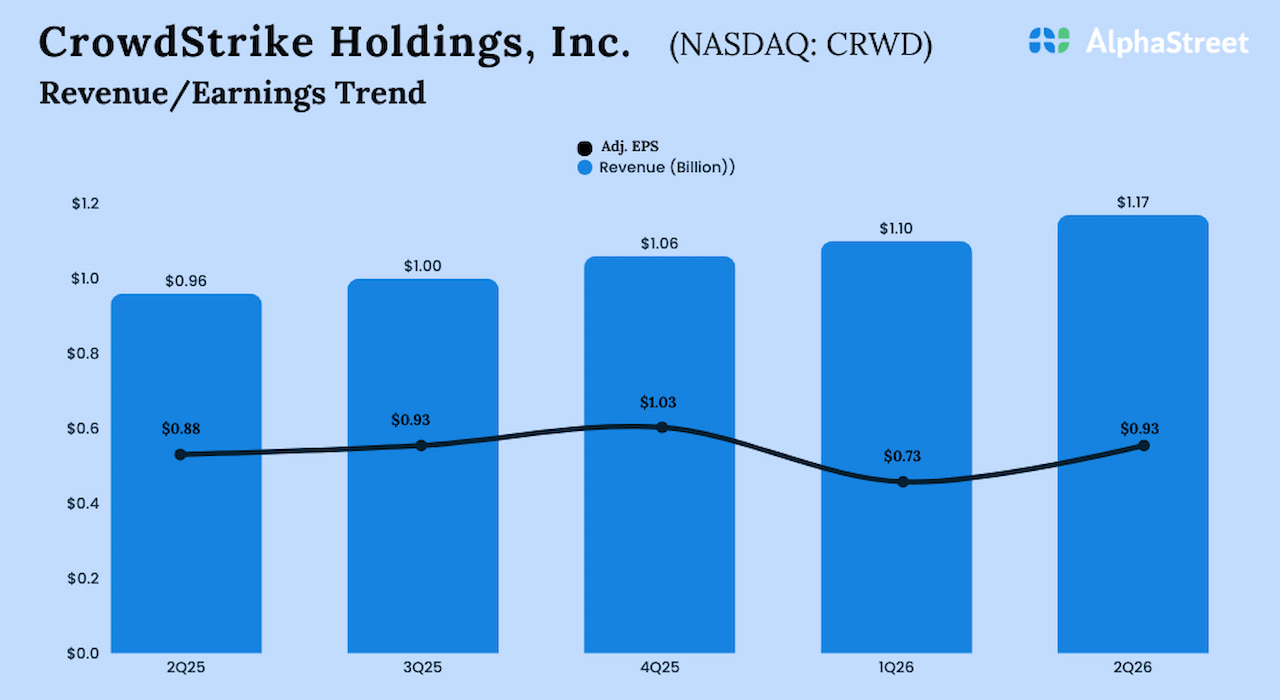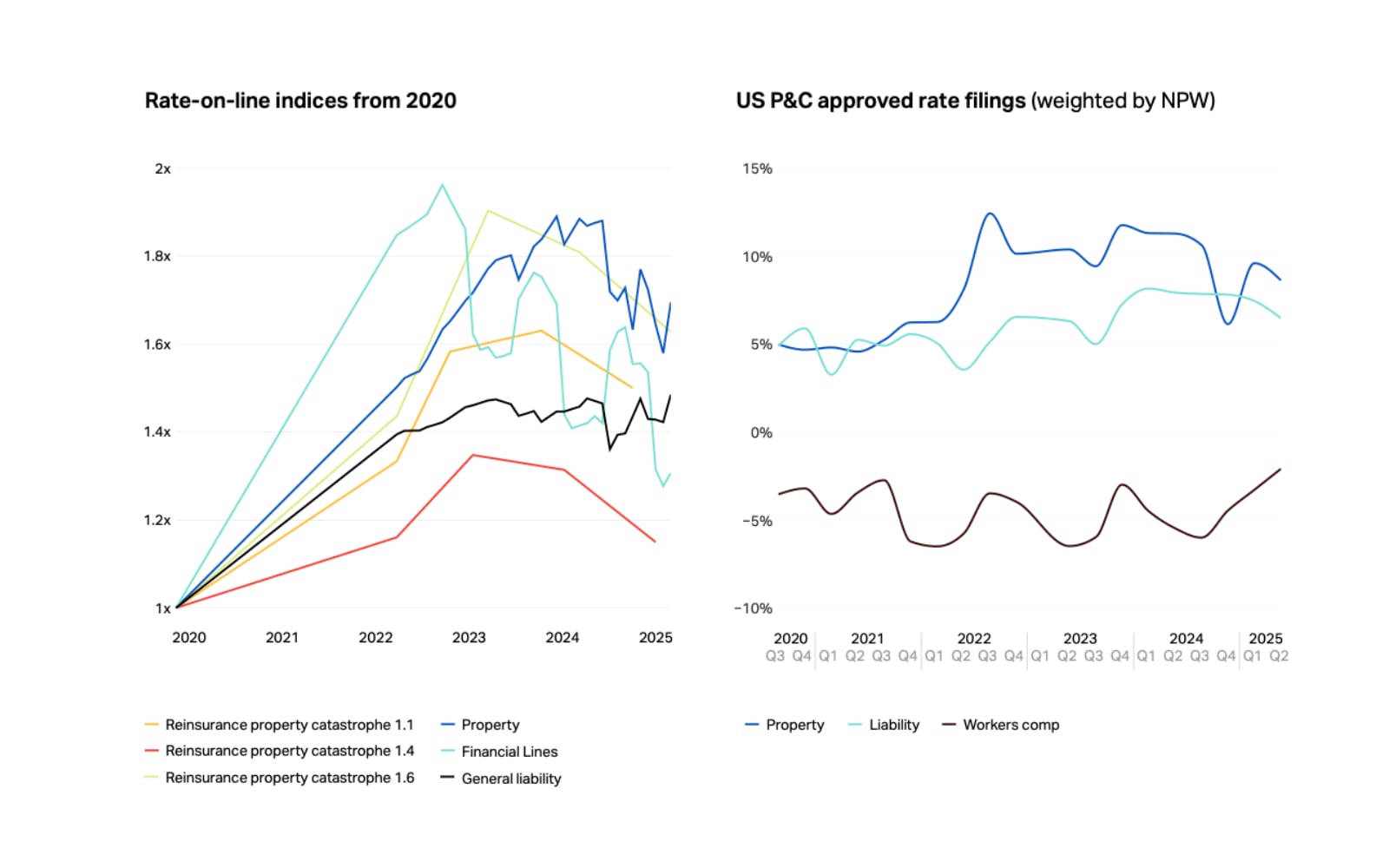The adage “rules are meant to be broken” doesn’t work well if you’re a disciplined investor. What’s the point of having an objective methodology if you don’t follow it? Breaking our own tech investing methodology is very uncomfortable, yet something we need to do when investing in gene editing and AI drug discovery. Both these themes have a similar thesis:
- AI drug discovery – a platform that churns out successful drugs on a consistent basis with higher success rates than traditional methods
- Gene editing – a platform that produces novel drugs starting with diseases that have no treatment
For both themes, companies make large platform investments up front in hopes of a payoff down the road. Sure, some big pharma partners may pony up some “let’s start collaborating” cash, but the milestones that will truly move the needle and prove the concept will be successful drugs being sold to the Americans who can’t seem to get enough of them. Since our simple valuation ratio looks at potential being realized today, it won’t work on companies where the lion’s share of revenue growth is expected down the road. Consequently, it’s very difficult to value these firms, especially when you consider the regulatory uncertainty inherent to drug development companies.
In contrast to AI drug discovery platforms, gene editing companies have more “feel good” associated with them because they usually promise to cure diseases that presently have no cure. This means approval for these treatments can be accelerated because there are no alternatives. The first time a gene editing drug is approved, and patients begin getting cured of their ailments, the potential will be more visible to the general public and we can expect all boats to benefit from that tide. For every gene editing company out there, it’s a matter of surviving long enough to get one successful drug to market. A proven concept makes it much easier to raise capital at favorable terms. Therefore, cash vs. burn rate – also called runway – becomes a critical metric for gene editing companies. So does the progress of their lead candidates which each company probably selected for “highest likelihood of success in quickest timeframe.”
Beam’s Three Strategic Pillars
A key slide from the Beam Therapeutics (BEAM) investor deck breaks down the near-term opportunity into three buckets.

These “three strategic pillars” are the focus of each earnings release from BEAM which talks about progress being made for each. Earlier this year, the company published an investor deck which talks about the planned milestones for 2023. All were tactical – file registrations, dose first patient – except one which talked about a “data presentation on multiple patients from BEACON in 2024.” That’s from their lead candidate, BEAM-101, which seems to be furthest ahead with the first patient being enrolled last year.
Investors in BEAM now have a fairly easy time tracking the company’s progress each quarter, but we’re happy with checking in once per year. That’s because things move very slowly in the drug development world, and notable events are infrequent. These often manifest themselves in loads of volatility as investors reset their expectations of the company’s future potential, whether up or down. Unless there’s very bad news like a big pharma partner exiting, or unfavorable clinical results, there’s not much action to take as a gene editing investor.
In last year’s piece titled Beam Therapeutics Stock: A Leader in Gene Editing Tech? we discussed the company’s runway lasting about 3.33 years. With operating losses of nearly $99 million last quarter, let’s call it a round $100 million per quarter. At that rate, the $1.1 billion in cash on hand will be exhausted in 2.75 years or by early 2026. But it could run out earlier if R&D spend keeps increasing as it has been, and BEAM expects “the company to fund its anticipated operating expenses and capital expenditure requirements at least into 2025.’ So, let’s say more like 2 years runway. If there’s any encouraging news between now and then, they might use the opportunity to raise capital which could dilute shareholders. Don’t complain about it though, as raising money to survive isn’t optional for these companies.
Intel on Intellia
Just last month, Intellia (NTLA) said they’re “on track to present additional clinical data in 2023 from both ongoing NTLA-2001 and NTLA-2002 first-in-human studies.” Here’s what we had to say about these two candidates in last year’s article on Intellia Therapeutics Stock vs CRISPR Therapeutics Stock:
As for NTLA-2002, Novartis is currently enrolling patients for a “proof-of-concept study following subjects for two years after transplantation.” Seems a bit behind the ball considering that CRISPR Therapeutics has already treated 75 patients and essentially cured them, so our main focus will be on the in-vivo treatment which is showing signs of promise – NTLA-2001.
Nanalyze
This year, they’re expecting to release more data on both candidates, one of which will take place at the end of this week. “A late-breaking abstract from the Phase 1 portion of the ongoing NTLA-2002 Phase 1/2 study” will be presented followed by a shareholders meeting the day after the conference ends which hopefully doesn’t imply they need to do firefighting after releasing this “late breaking news.” The company’s investor deck includes a handy checklist for investors to monitor for the remainder of this year.

That brings us to runway, and Intellia’s cash balance of $1.2 billion and average negative operating costs of $115 million per quarter means they have about 2.5 years of runway left.
The Latest from CRISPR Therapeutics
Props to both BEAM and Intellia for making it easy for investors to track progress through key milestones and scheduled data updates. Unfortunately, we can’t say the same for CRISPR Therapeutics (CRSP), a company that offers up a deck that’s long on technical details and short on coherence. Being able to visualize milestones and next steps in a graphic is ideal, but we’re left deciphering key bits from last quarter’s earnings release. Perhaps the most exciting news is the following:
We and our partner Vertex have now completed regulatory submissions for exa-cel in the United States, European Union and United Kingdom, positioning exa-cel to potentially become the first approved CRISPR-based therapy in the world, a remarkable pace of progress considering the discovery of the CRISPR platform took place a little more than a decade ago.
Credit: CRISPR Therapeutics
We’re not provided any timelines for the EU / UK application which was completed in December 2022, but the United States regulatory submission is said to take between 8-12 months and was filed in April of this year. That means we’ll likely know an outcome at the end of this year earliest. Should European regulatory authorities respond positively, it will be a historic first MAA filing for a CRISPR-edited product which means success (or failure) should be accompanied by lots of fanfare.
Assuming successful approvals, Vertex Pharmaceuticals (VRTX) will then need to start getting Exa-Cell to patients so that money can start flowing into CRISPR’s coffers. That’s a pivotal point for investors as they get a first glimpse at how one of these collaborations might actually pay off. Since they’re addressing diseases that have no cure, adoption would only be inhibited by cost. Vertex needs to price their drug at a point that maximizes the total addressable market penetration – a classis economics price elasticity problem. Perhaps we ought to wait until approval happens before trying to figure out what this first windfall looks like. Should the approval happen, we’ll see how much uncertainty was priced in based on the jump in share price. No jump means investors were probably expecting these approvals to happen.
Of the three companies we’ve talked about today, CRISPR seems to be offering up the most hope for gene editing investors. The $1.8 billion in cash they have provides a runway of 2.5 years based on an average quarterly cash burn of $168 million, and a successful approval may trigger milestone payments that help increase runway. CRISPR Therapeutics now appears on the cusp of the industry’s first success story. As these companies like to move together, successes and failures are likely to move all boats in a similar fashion. It’s easy to see the correlated price movements when you examine the returns for these three stocks over the past year.

Conclusion
The three companies we’ve talked about today aren’t the only gene editing names we’re keeping at eye on. We started with 27 gene editing stocks and whittled that number down to 13 which can be found in our tech stock catalog. Of those, we’re holding the three names mentioned today and liking Caribou Biosciences (CRBU) which claims to have cash runway to fund their current operating plan into 2025. The rest of the names out there we’re avoiding for any number of reasons. If CRISPR Therapeutics can successfully market the first gene editing therapy then that’s a great vote of confidence for this entire space. Barring any major events taking place, we’ll check back in a year from now with the big three names in the gene editing space.
Tech investing is extremely risky. Minimize your risk with our stock research, investment tools, and portfolios, and find out which tech stocks you should avoid. Become a Nanalyze Premium member and find out today!








































